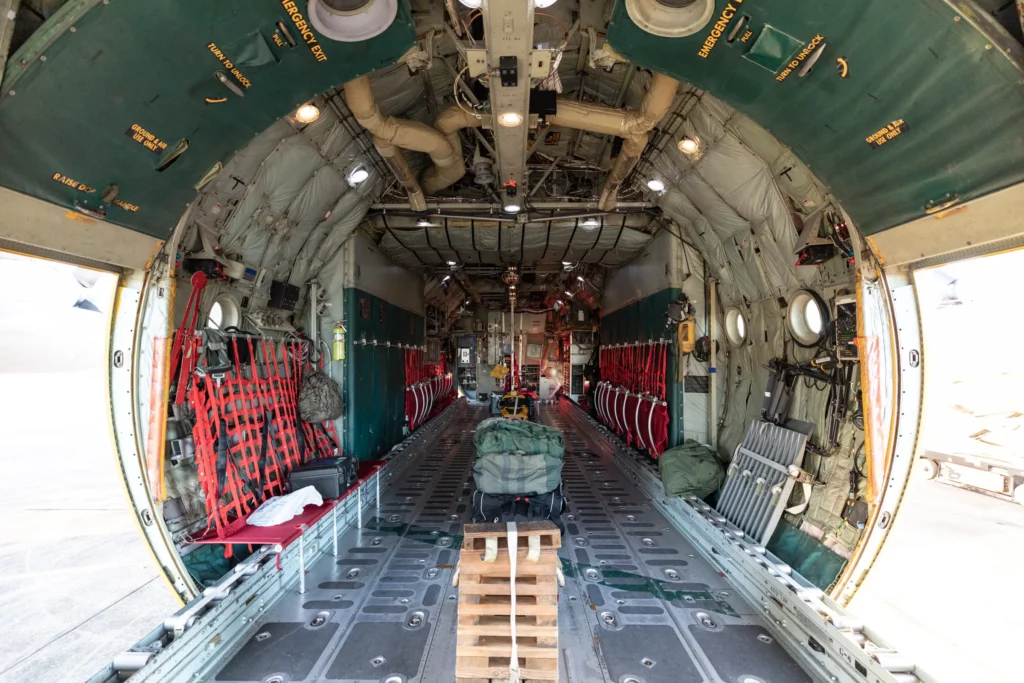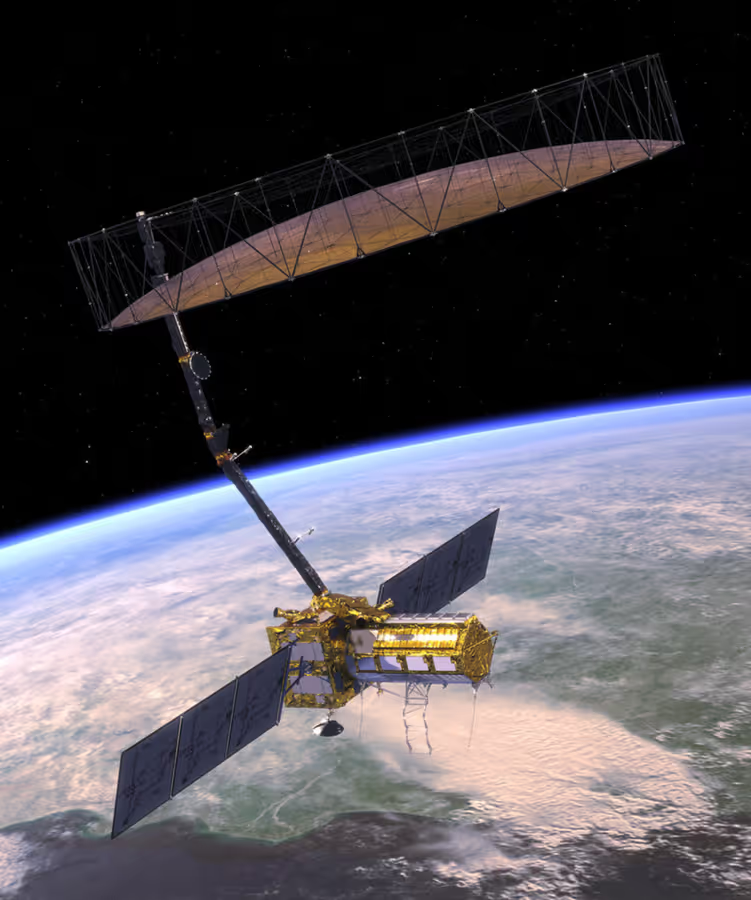
22, 2024 – NASA has achieved a significant milestone in its joint Earth-observing mission with the Indian Space Research Organisation (ISRO) by successfully delivering a crucial component for the NASA-ISRO Synthetic Aperture Radar (NISAR) satellite. The C-130 Hercules aircraft transported the radar antenna reflector to ISRO’s facility in Bengaluru, India.

The journey began at NASA’s Wallops Flight Facility in Virginia on October 15, 2024. The C-130 Hercules embarked on an extensive route, with stops at March Air Reserve Base in California, Hickam Air Force Base in Hawaii, Andersen Air Force Base in Guam, Clark Air Base in the Philippines, and finally landing at Hindustan Aeronautics Limited Airport in Bengaluru. This multi-leg journey covered approximately 24,500 nautical miles over nearly 80 hours of flight time.

The delivered radar antenna reflector, measuring 12 meters in diameter, is set to become the largest of its kind deployed in space. This component is central to the NISAR satellite’s mission of monitoring Earth’s dynamic processes. By capturing high-resolution radar data, NISAR will provide critical insights into various natural phenomena, including ice sheet dynamics, forest biomass, and the planet’s crustal deformations. The satellite is designed to survey all land and ice-covered surfaces on Earth every 12 days, starting after a 90-day satellite commissioning period.

Slated for launch in 2025, the NISAR mission represents a groundbreaking collaboration between NASA and ISRO. It aims to enhance our understanding of Earth’s surface changes, aiding in the management of natural resources and disaster response. The data collected by NISAR will be invaluable in improving our understanding of climate change, ecosystem dynamics, and natural hazards, making it a pivotal tool for scientists and policymakers worldwide.






